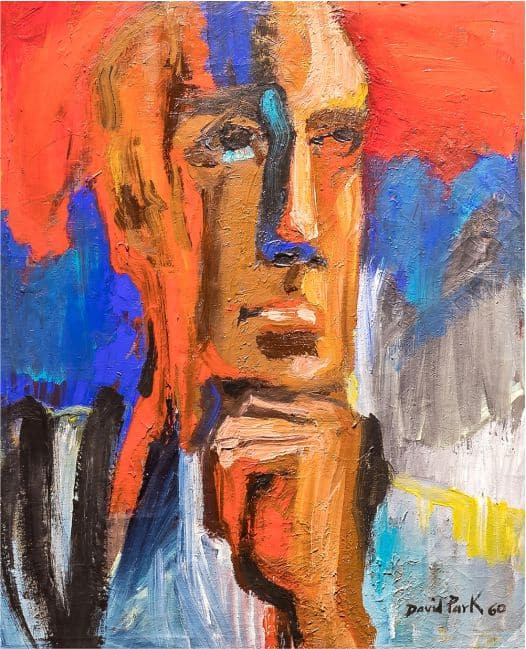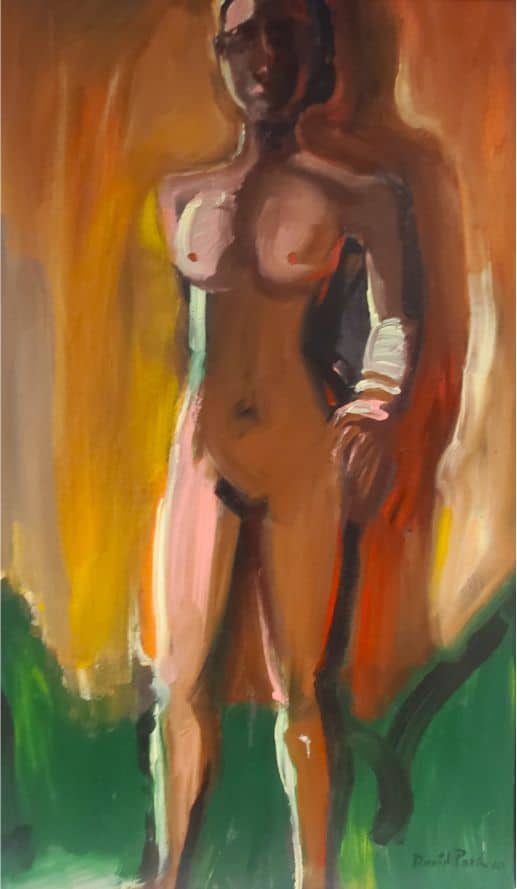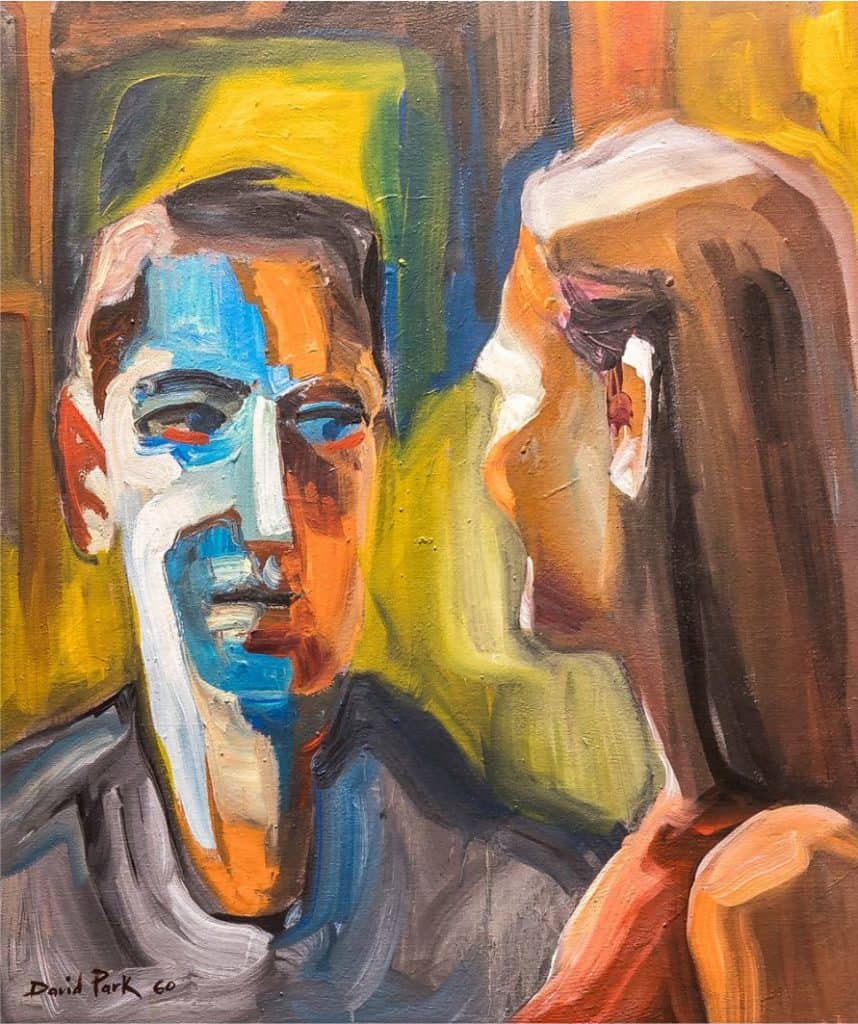
Almost immediately after the departure of Still from CSFA, Bischoff and Smith, along with Richard Diebenkorn, pushed Park to take his commitment to the figurative expressionist movement in a more definitive manner.
Park’s work in particular explored the human body and its relationship with its surroundings, which he investigated through portraits, crowds, and people conversing with one another.
“I have found that in accepting and immersing myself in subject matter I paint with more intensity and that the ‘hows’ of painting are more inevitably determined by the ‘whats’”
-David Park

David Park was one of the post-World War II alumni of the San Francisco Art Institute which was called the California School of Fine Arts (CSFA) at the time.
He revived an interest in figurative art, at first experimenting with still-abstracted forms that relied on color for their impact, dynamics and warmth. Park, along with Richard Diebenkorn and Elmer Bischoff, broke away from the philosophy of painting promoted by Clyfford Still, who taught at the Institute, forming what would later be called the Bay Area Figurative Movement. Their influence may be seen in the work of later Bay Area Figurative School artists such as Paul John Wonner, Nathan Oliveira, Manuel Neri, Henry Villierme, Henrietta Berk and Joan Brown.
